How To Get Rid Of Bed Bugs
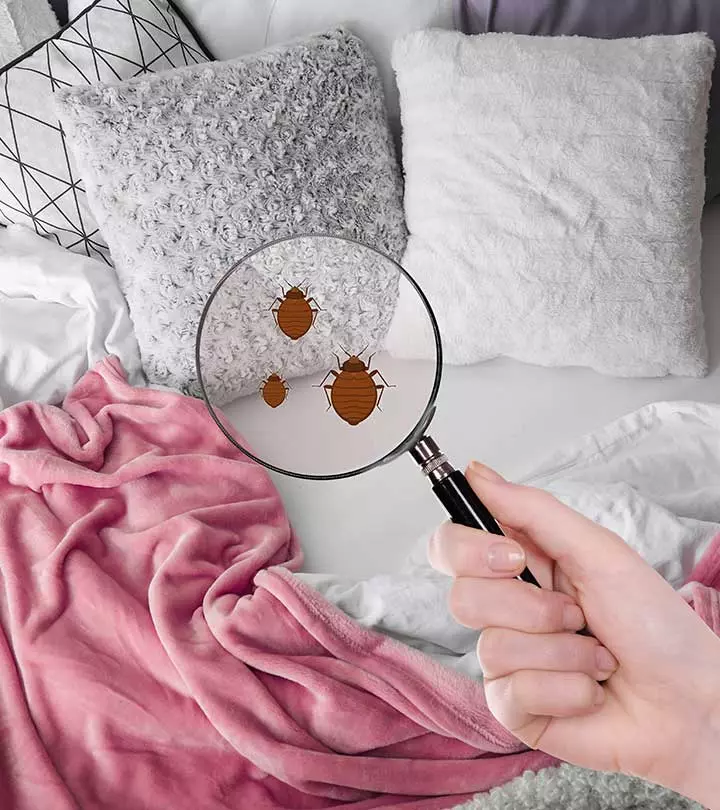
Image: Shutterstock
Bed bugs are tiny, bloodsucking creatures that can wreak havoc inside your home as well as in your life. These little monsters can enter your home through second-hand furniture or your luggage. Sleepless nights are just the beginning; bed bugs can also leave behind scars if you scratch the bite too much.
To make things worse, it isn’t easy to get rid of these pesky creatures. You may have to do anything from extensively cleaning your entire home to discarding the trapped bugs cautiously to eradicate these creatures from your home. Read on to know about nine amazing methods and tips that may you get rid of bed bug infestations.
In This Article
What Are Bed Bugs?
Bed bugs are small insects without wings that primarily feed on warm-blooded hosts. The adult bugs are usually brown or reddish-brown, flattened, and oval-shaped. The hatchlings or newborn bed bugs are very tiny and usually the size of a poppy seed.
Due to their tiny size and flat structure, bed bugs can easily hide in between cracks and crevices. They usually lay eggs near to where the host sleeps. These insects are called bed bugs because of their choice of habitat. They are most often found hidden in bed mattresses, sofas, soft furnishings and, at times, even in clothing.
Cimex lectularius and Cimex hemipterus are two species of bed bugs that feed on human blood. There are various ways in which an infestation can occur.
What Causes Bed Bug Infestations? Where Do Bed Bugs Come From?
Bed bugs usually enter new places as stowaways with infested furniture, bedding, or luggage. This is why one should be extremely careful while purchasing second-hand furniture and mattresses.
Homes that are vacant and look seemingly clean can also be infested with bed bugs. These tiny creatures can also quickly spread from one apartment to another through hollows and holes in the walls. They can also move through pipings and tubes.
Let us now look at the common signs and symptoms associated with bed bug bites.
Signs And Symptoms Of Bug Bites
Bed bugs are usually known to feed on the hosts while they are sleeping. They draw blood in a painless manner.
A small amount of saliva is injected in the host’s skin when the bed bug draws blood from the host. When the bed bug feeds on the same person for extended periods, the bitten individual may become increasingly sensitive to the chemicals in the saliva of the bed bug. This can eventually trigger an allergic response.
Bed bugs bite in rows, and there may be two to three bites in every row. Bug bites may take anywhere between a couple of days to two weeks to appear. The bites are mostly raised and red, without a dot in the center.
Most individuals bitten by bed bugs do not show any symptoms, and this may make it challenging to identify and eliminate possible infestations. However, some individuals may become nauseous and ill following a bug bite. Scars, infection from scratching the bites, and, in rare instances, an anaphylactic or asthmatic reaction to bug bites are also possible.
As you can see, bed bites can cause damage inside your homes as well as on your skin if not eliminated on time. Here are some excellent ways to get rid of bed bugs for good.
Best Ways To Get Rid Of Bed Bugs
1. Applying Heat (Or Laundry)
A clothes dryer can help in getting rid of bed bug infestations in household items like toys, shoes, clothing, or bedding. Portable heating devices are also available, which are specially designed to kill bed bugs in all life stages, including their eggs (1).
2. Vacuum Cleaning
Vacuuming the infested areas extensively can also help in eliminating bed bugs (2). Use an appropriate vacuum hose to thoroughly vacuum every crack and crevice on furniture, baseboards, bed stands, rails, buttons, edges of the bedding, and carpets.
Caution: Avoid using a bristle attachment as it may transfer any attached bugs to other places. Dispose of the vacuum cleaner bags in an outdoor trash can.
3. Rubbing Alcohol
You Will Need
- Rubbing alcohol
- A sprayer
What You Have To Do
- Pour some rubbing alcohol into a sprayer.
- Spray it on all the nicks and corners with possible bed bug infestations.
- You can also use rubbing alcohol as a surface cleaner to repel bed bugs.
How Often You Should Do This
Do this once daily until you have eliminated all the bed bugs.
Why This Works
According to anecdotal evidence, rubbing alcohol is a solvent and may kill bed bugs by dissolving their cells. It also acts as a repellent. However, there is no study to prove this claim.
Caution: Rubbing alcohol may leave stains on some fabrics. Hence, do a patch test before spraying it on any infested fabric.
4. Scented Dryer Sheets
Scented dryer sheets are fabric softeners that help in leaving your clothes and bedding softer. They eliminate the electrostatic charges that linger on top of the washed fabrics, and this can repel bed bugs as well. However, dryer sheets only work as a prevention method and cannot help in eliminating bed bugs.
5. Sealing Cracks And Crevices
Sealing all cracks and crevices can prevent bed bugs from entering your apartment. It can also prevent the pests from infesting other nearby homes. Caulk is a popular material that can help in this regard. It is often used to seal leakages in piping and other structures (3).
6. Clean And Disinfect
Disinfecting the infested areas by laundering the infested linens/clothing, scrubbing, vacuuming, and using portable heating devices can help in getting rid of bed bugs altogether. You can do this yourself or with the help of a pest control service.
7. Essential Oils
You Will Need
- 10-15 drops of lemongrass oil or cedar oil
- 8 ounces of rubbing alcohol
- A sprayer
What You Have To Do
- Add 10-15 drops of lemongrass or cedar oil to 8 ounces of rubbing alcohol.
- Transfer the mixture to a sprayer.
- Spray it in every nick and corner of your home with possible infestations.
How Often You Should Do This
You may do this once daily until you get rid of all the bed bugs.
Why This Works
The strong aroma of essential oils can not only repel bed bugs but also kill them. According to a study published in the journal Insects, an essential oil-based pesticide saw a reduction of bed bugs in treated apartments (4).
Caution: Rubbing alcohol may leave stains on some fabrics. Hence, it is advised that you do a patch test before spraying it on any infested fabric.
8. Kidney Bean Leaves
You Will Need
Kidney bean leaves (as required)
What You Have To Do
- Place a few kidney beans leaves in all the areas that are most likely to be infested by bed bugs.
- Check for trapped bed bugs in the following days.
- Dispose of the used bean leaves.
Note:
It is recommended that you destroy the bugs before disposing to prevent further infestations.
How Often You Should Do This
You may do this once every few days until you have eliminated all the bed bugs from your home.
Why This Works
Leaves from the bean plant have microscopic hooked hairs called trichomes on them. Trichomes often trap bed bugs by physically impaling their feet (5).
9. Diatomaceous Earth
You Will Need
Diatomaceous earth (as required)
What You Have To Do
Sprinkle diatomaceous earth in all nicks and corners of your home.
How Often You Should Do This
You may do this once every few days until you get rid of all the bed bugs.
Why This Works
Diatomaceous earth is a non-toxic but highly effective remedy to get rid of bed bugs. Continuous exposure to diatomaceous earth can kill adult bed bugs in 9-10 days (6).
Once you have successfully gotten rid of all the bed bugs, take the following precautions if you don’t want your homes infested by these little beings.
How To Prevent Bed Bugs
- Avoid buying second-hand furniture or mattresses.
- If you plan on buying them, look for signs of bed bug infestations before the purchase.
- Reduce the clutter in your home (if any).
- Vacuum frequently.
- Be cautious while using shared laundry facilities.
- Cover all the power outlets.
- Check your pets for bed bug infestation and get them treated.
- Inspect your furniture and other household items for infestations regularly.
These tips can be life-savers when it comes to getting rid of bed bugs for good. They can help you prevent further bed bug infestations in your homes as well.
A little caution is all you need to prevent bed bug infestations. And, of course, the pest control methods discussed above will also help. If the above methods were not successful in eliminating the bed bugs, contact pest control immediately to avoid further nuisance.
Do you know of any other ways to eliminate bed bugs? Share them with us in the comments section below.
Frequently Asked Questions
What is the difference between flea bites and bed bug bites?
While both flea bites and bed bug bites can cause serious itching, they are quite different in their appearance. Flea bites often occur as small clusters of dots. They are usually red, hard, and swollen. On the other hand, bed bugs bite in rows. Each row may have about three bite marks that are red and slightly raised.
How long does it take to get rid of bed bugs?
It will take around 2-3 visits from the pest control service to get rid of bed bugs altogether. If you are trying home remedies like diatomaceous earth, you will have to use it daily for 9-10 days to get rid of most of the bed bugs. A visit from the pest control is preferred for the eradication of bed bugs.
Do bed bugs live in carpets?
Yes, bed bugs can also inhabit rugs and carpets.
What not to do when you find bed bugs?
• Avoid using agricultural pesticides on bed bugs as they are quite toxic.
• Do not use products that have labels in a language you do not understand.
• Do not use pesticides on your body.
• Do not store any household items under the bed.
• Do not move furniture or other infested items from one room to another as it increases the risk of spreading the bugs.
What to spray on the mattress for bed bugs?
An aerosol spray that is solely used for bed bug treatment can be sprayed on the mattress for eliminating the bugs. You can also try out the remedies discussed above, such as diatomaceous earth and essential oils.
How to check for bed bugs at home? How to clean the bed bugs?
You can check for bed bug infestation at your home by looking for the following signs:
• A rusty stain on the bedding, which could be due to a crushed bed bug
• Small dark spots that tend to bleed on the infested area. Such spots could be the excrement of bed bugs.
• Tiny eggs and eggshells
• A pale yellow skin left behind by nymphs
Once you spot such signs, try out any of the above methods to get rid of the bed bugs. You should also call pest control if necessary.
How to kill bed bugs instantly?
Some of the methods discussed above, like heat treatments, steam treatments, and if required, pesticides aimed at killing bed bugs can be used to get rid of bed bugs almost instantly. Desiccants like diatomaceous earth can also help in eradicating bed bugs as well as their eggs.
References
- “Using Heat to Kill Bed Bugs” Virginia Department Of Agriculture And Consumer Services.
- “Effects of Ultralow Oxygen and Vacuum Treatments on Bed Bug (Heteroptera: Cimicidae) Survival.” Journal of Economic Entomology, US National Library Of Medicine.
- “SEALANTS AND CAULKING: “WHERE AND WHAT TO USE?” SLEMCO’s Builder’s Guide.
- “Efficacy of an Essential Oil-Based Pesticide for Controlling Bed Bug (Cimex lectularius) Infestations in Apartment Buildings.” Insects, US National Library Of Medicine.
- “Entrapment of bed bugs by leaf trichomes inspires microfabrication of biomimetic surfaces” Journal of the Royal Society Interface, US National Library Of Medicine.
- “Behavioral Responses of the Common Bed Bug, Cimex lectularius, to Insecticide Dusts” Insects, US National Library Of Medicine.
Read full bio of Dr. Millie Lytle
Read full bio of Shaheen Naser






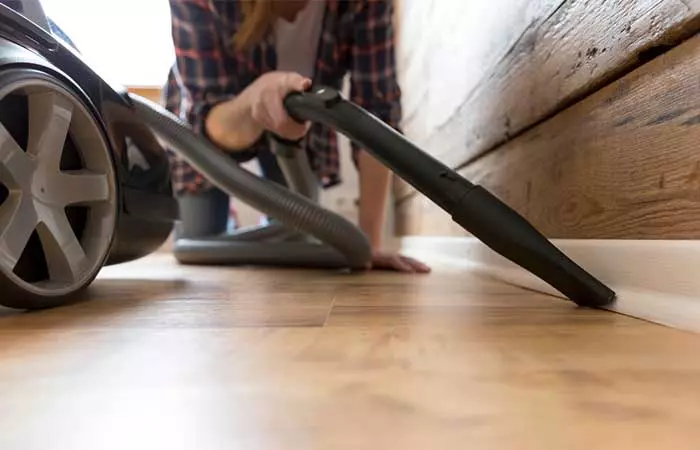

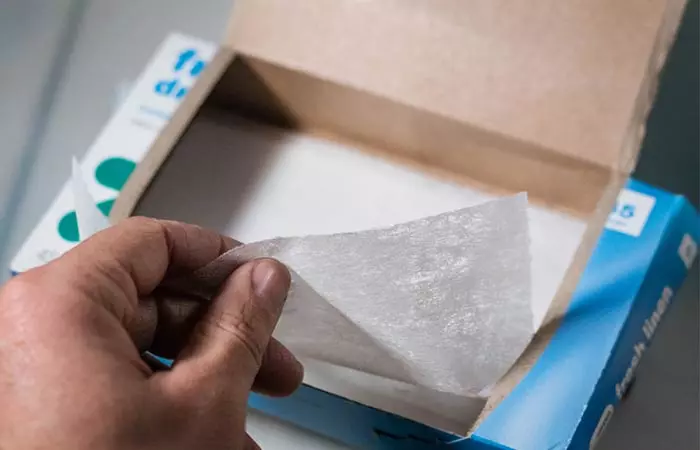
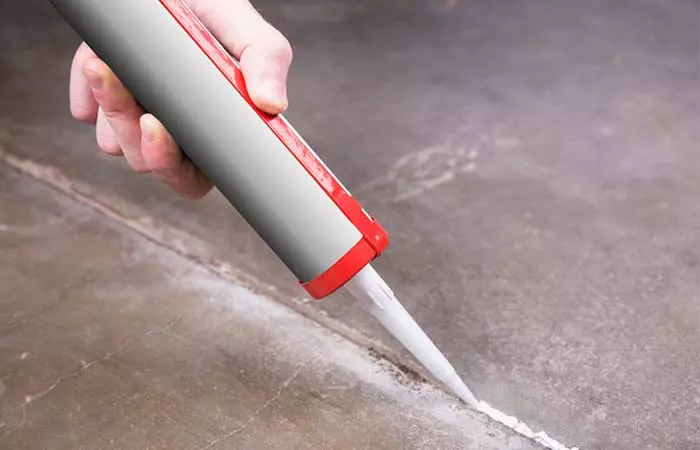
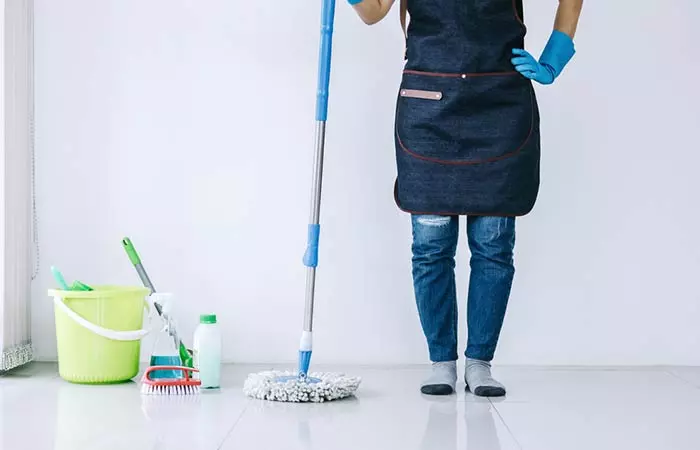


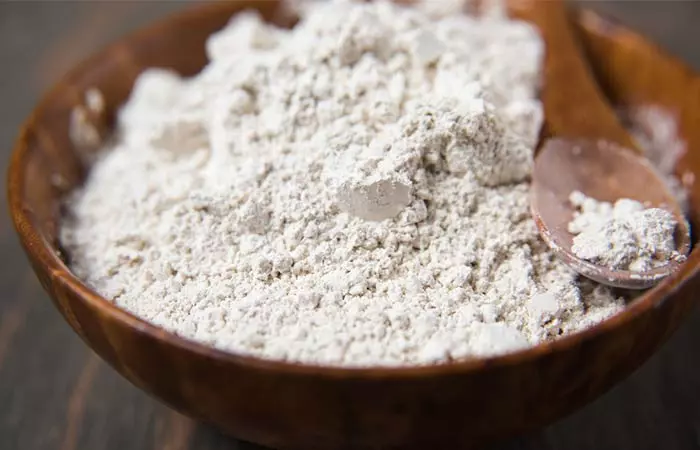


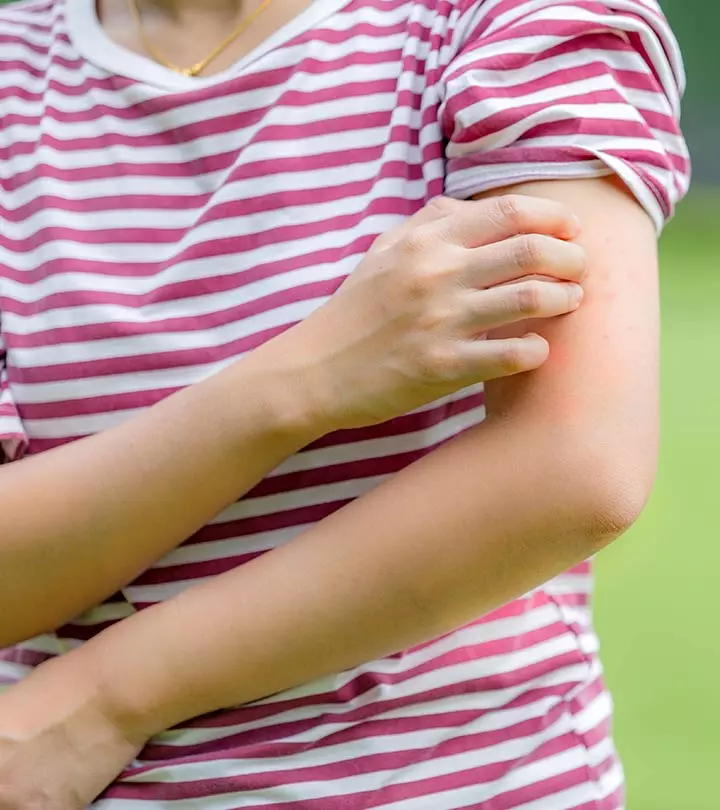
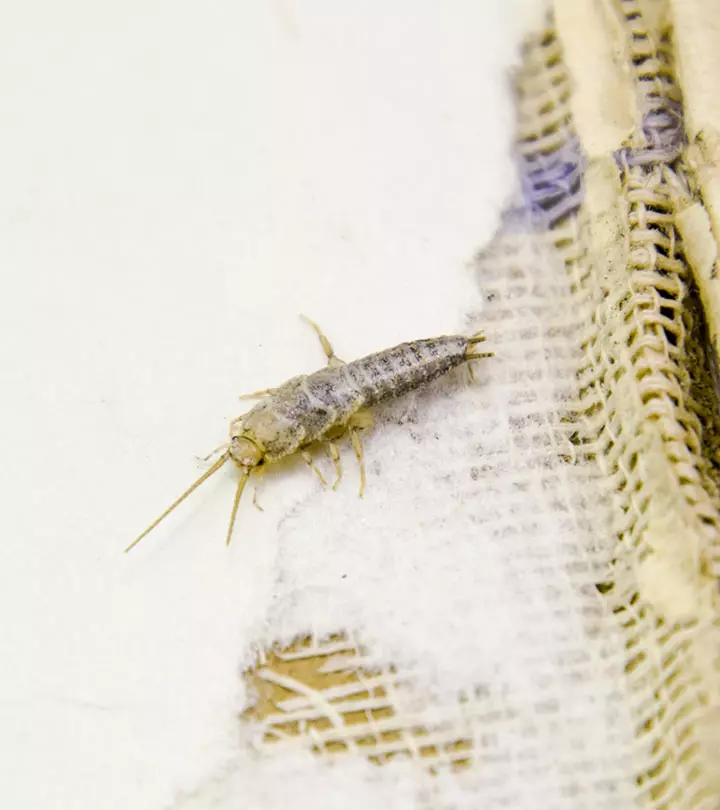
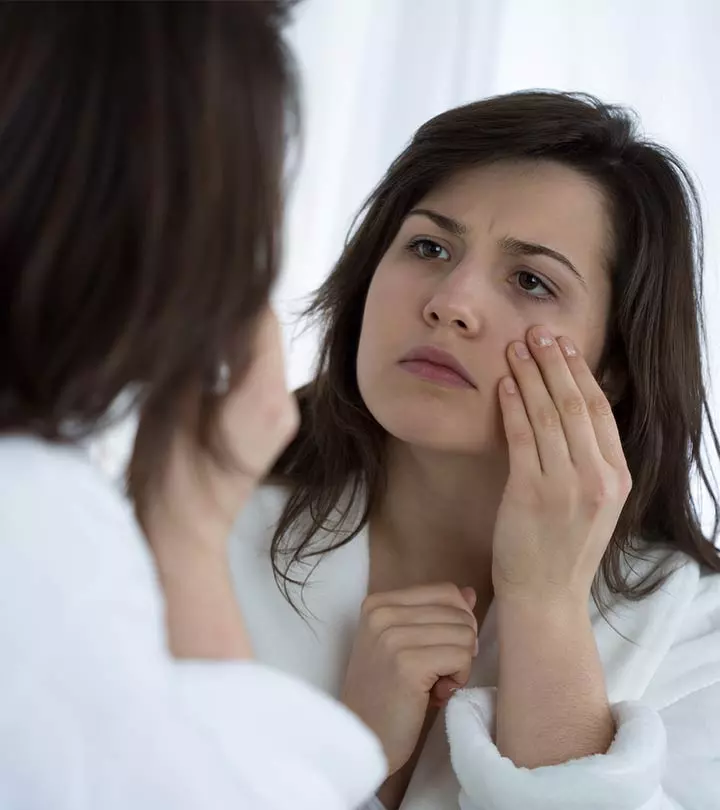




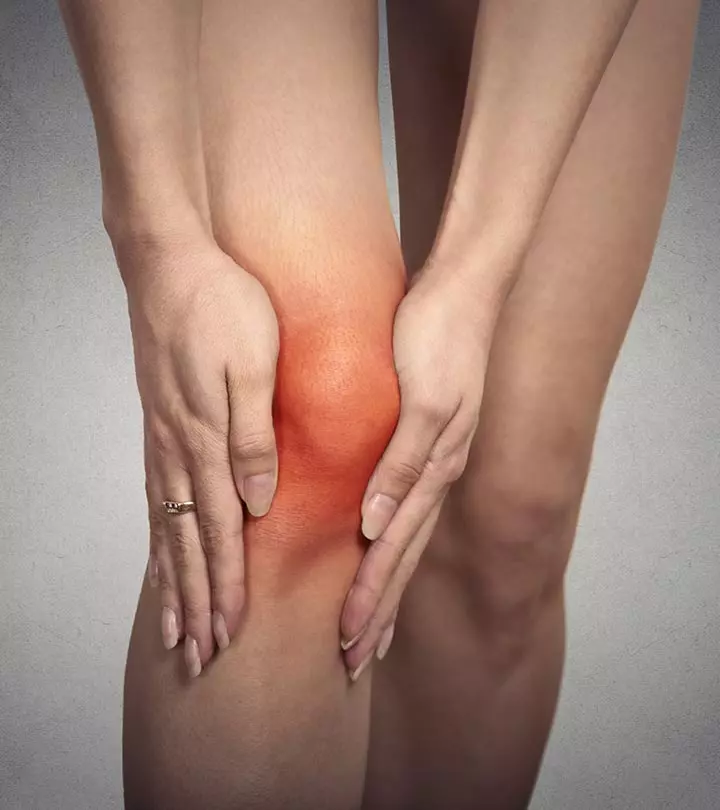

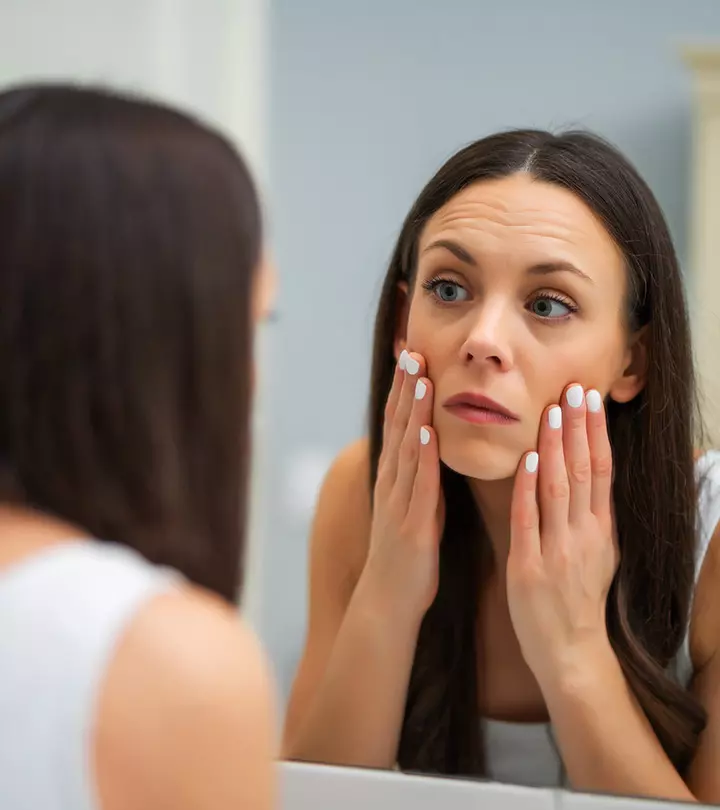

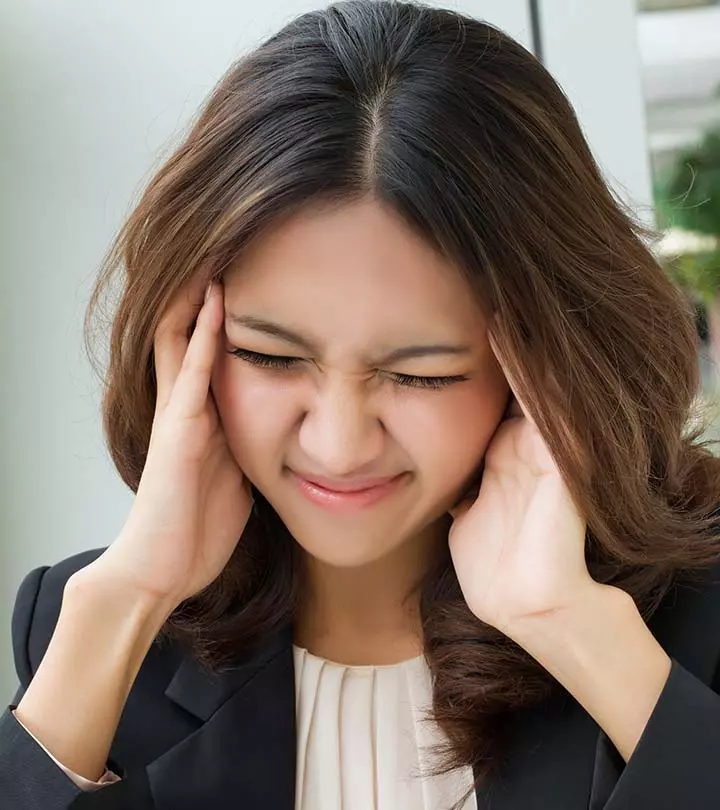
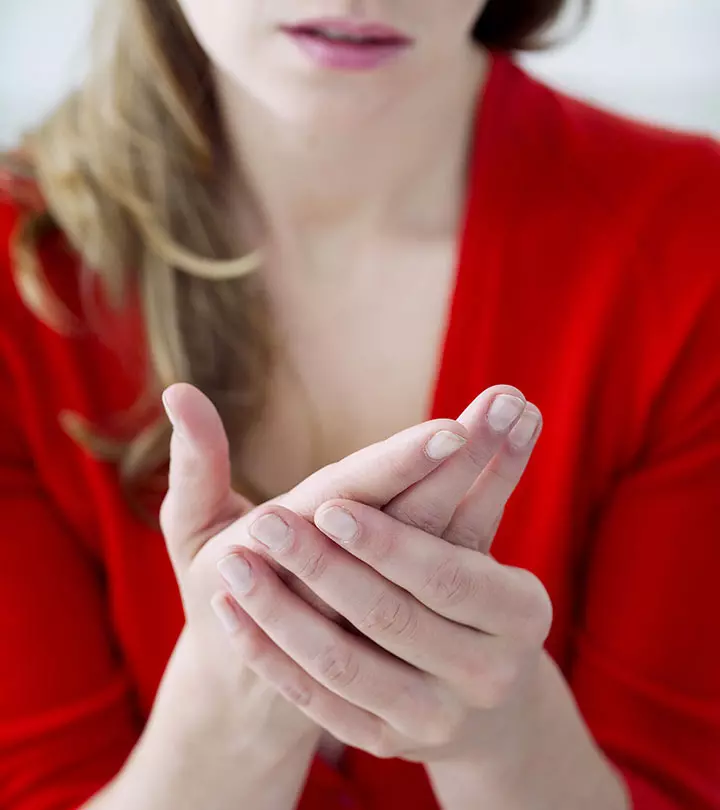
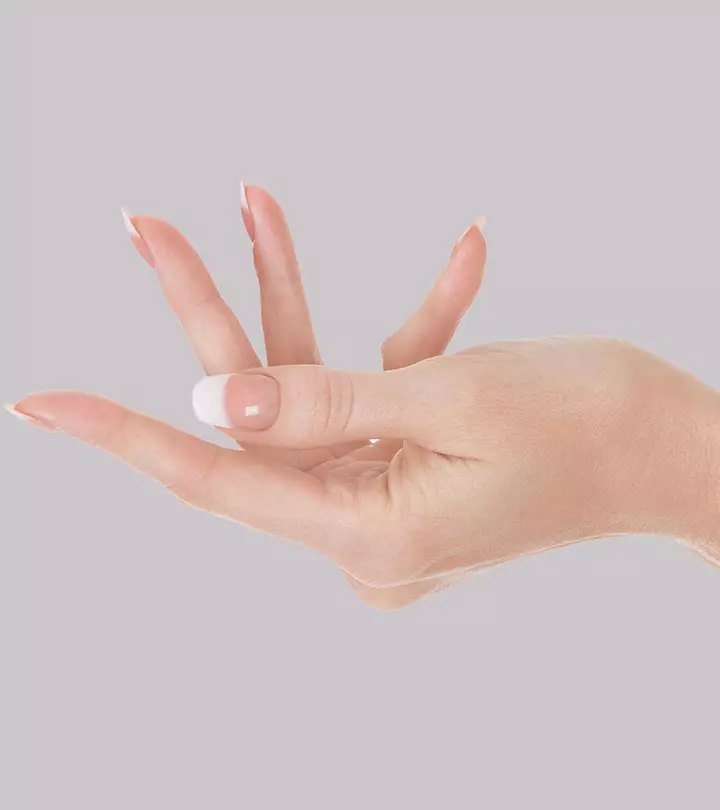
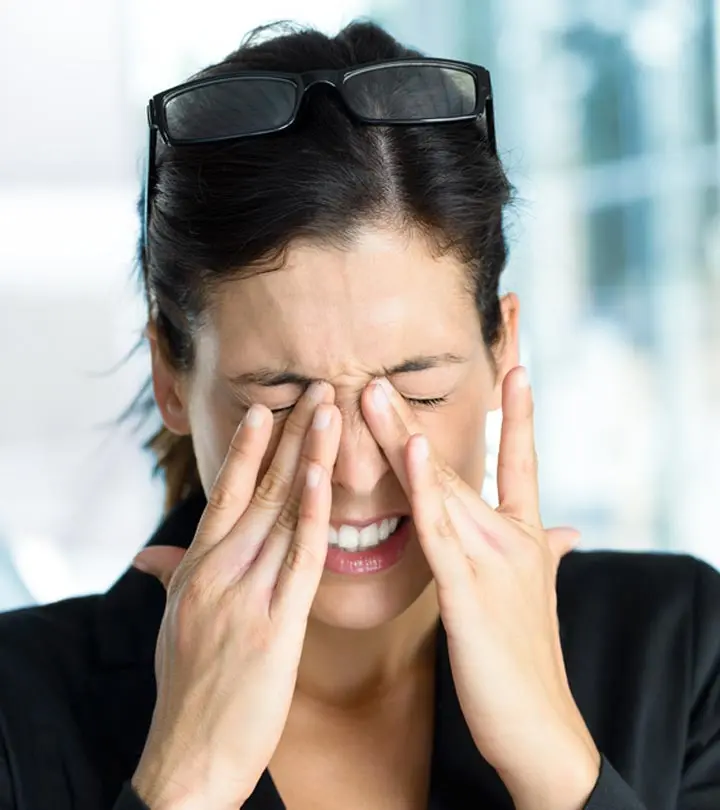
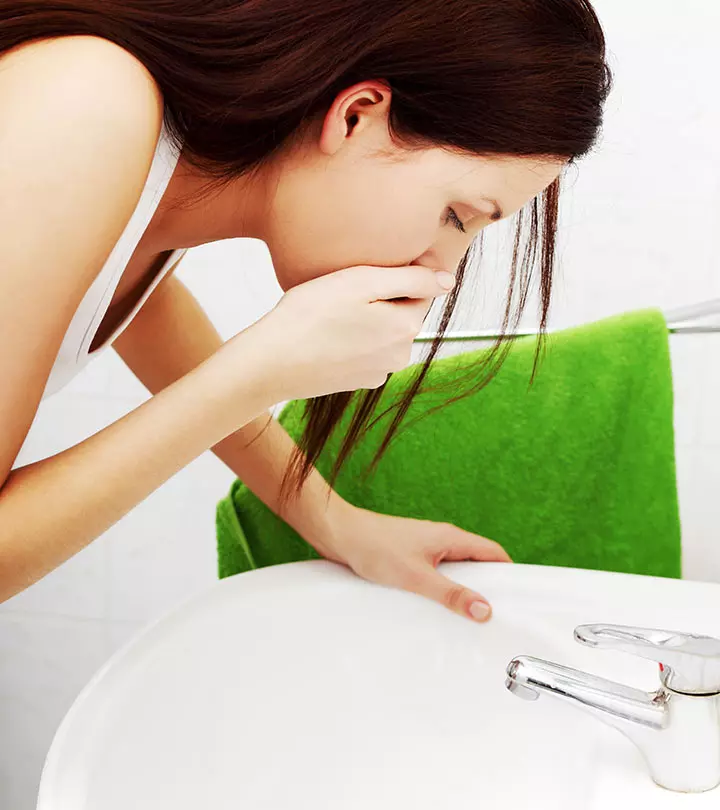
Community Experiences
Join the conversation and become a part of our empowering community! Share your stories, experiences, and insights to connect with other beauty, lifestyle, and health enthusiasts.